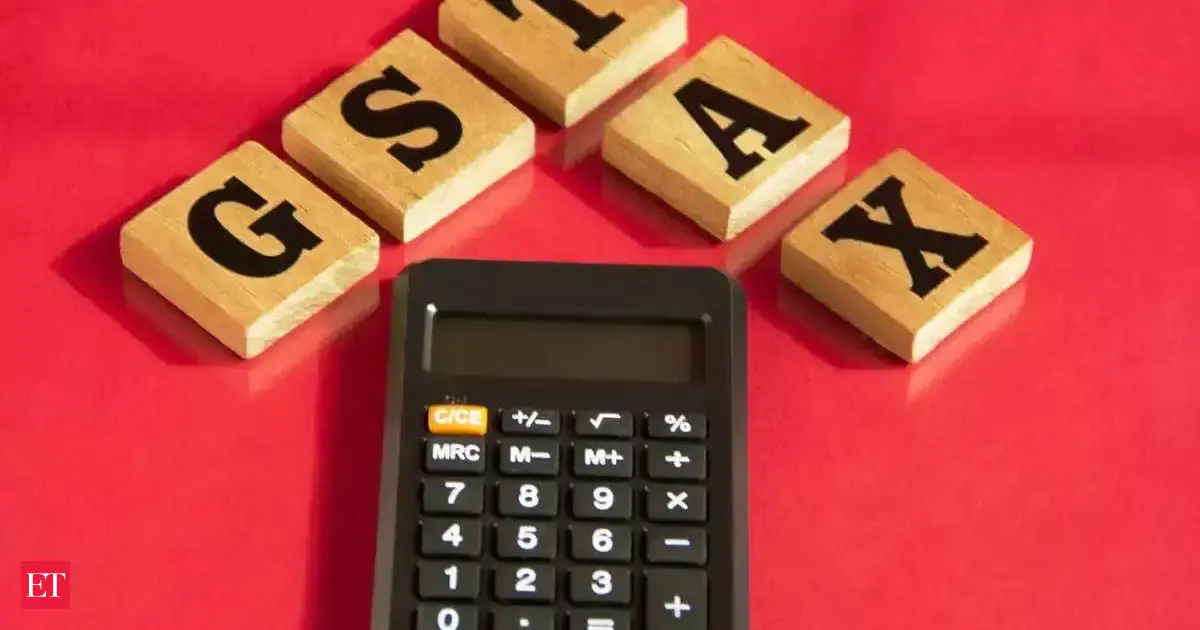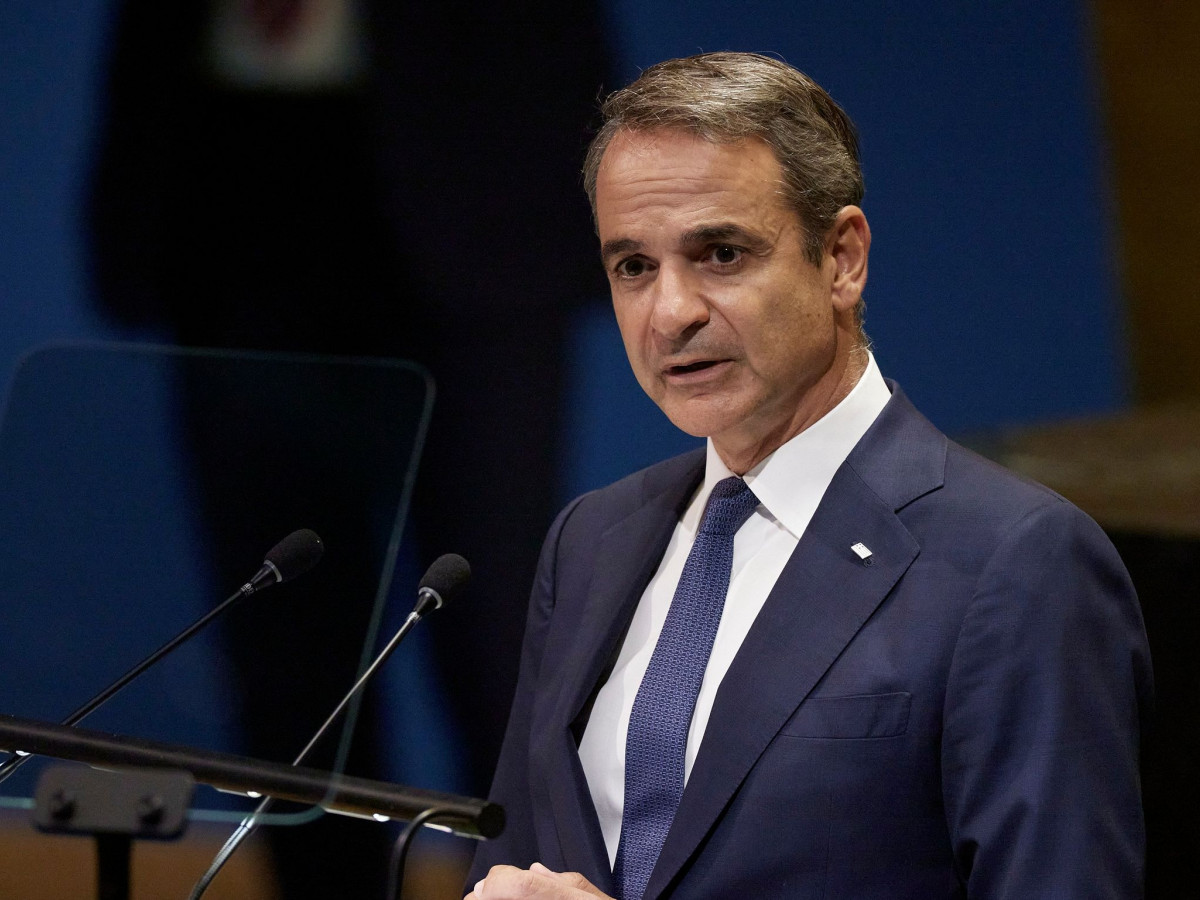By Rashid Obodai,Senior Policy Analyst
Copyright rainbowradioonline

October 2025, Ghanaian subscribers to DStv woke up to triumphant headlines: the Ministry of Communications and Digitalisation, together with Parliament’s Communications Committee, had secured what was presented as a breakthrough for consumer relief. On paper, this looked like a masterstroke of consumer advocacy, a rare case of regulators taming corporate giants.
But scratch beneath the surface and a different story emerges. As rightly argued by Senior Policy Analyst of the Institute of Liberty and Policy Innovation (ILAPI) on Asaase Radio, this arrangement was not a price reduction at all. It was a promotional offer, cleverly packaged as a victory for affordability. MultiChoice itself has since confirmed what was always obvious: this is part of its “We’ve Got You” campaign, a three-month promotion running from October to December 2025.
It excludes premium customers, business packages, and DStv Stream. Come January, unless renewed, subscribers will quietly slip back to their old packages, paying the same old tariffs, with the same affordability concerns intact. Far from being structural reform, this was a temporary marketing concession, one that regulators should never have mistaken for a tariff remedy.
The distinction between value addition and price reduction may appear subtle, but for policy purposes it is foundational. Policymakers who conflate the two risk allowing corporate actors to reframe the affordability debate into a conversation about “value for money” rather than actual cost to the consumer. A value addition may indeed sweeten the pot more channels, more features, more bells and whistles but it does not alter the basic outflow of cash from a household budget. Price reduction, by contrast, is a structural intervention: it lowers the bill, improves affordability, and sends a clear regulatory signal that tariffs must align with consumer welfare.
The Affordability Question
Let us start with the most basic metric: Ghana’s minimum daily wage in 2025 stands at GH¢19.97. On that wage, a Padi subscription at GH¢59 consumes the equivalent of three days’ wages, Access at GH¢99 about five days, Family at GH¢190 about nine and a half days, Compact at GH¢380 about nineteen days, and Premium at GH¢865 a staggering forty-three days of labour. Against this backdrop, one can see why affordability is the real issue, not bouquet variety. A Family household struggling to pay GH¢190 is hardly comforted by being granted channels worth GH¢380. The outflow of GH¢190 is still nine and a half days of minimum wage earnings. No extra cartoon channel or sports feed changes that.
A true price reduction say, bringing Family down to GH¢150—would alter the arithmetic. It would reduce the burden to about seven and a half days of wages. That is tangible relief. Value addition, on the other hand, leaves the affordability burden intact and shifts the conversation into consumer psychology: “look how much more you are getting for your money.” This is a dangerous diversion when regulators are supposed to be engaged in tariff fairness, not marketing optics.
The Regressive Distribution of Benefits
Another often overlooked aspect is the regressive distribution of such promotions. Consider again the announced “upgrades.” Padi subscribers get the smallest uplift, about GH¢40 worth of channels. Access subscribers move up by GH¢91. Family subscribers receive a nominal value of GH¢190, Compact subscribers GH¢190, and Compact Plus subscribers GH¢295. The higher up the income ladder you are, the bigger the nominal “benefit” you capture.
In other words, this scheme rewards those already able to afford higher tiers while giving crumbs to the households most in need of relief.
From a policy standpoint, this is the exact opposite of what social protection principles require. Tariff remedies are meant to be pro-poor and equitable, protecting vulnerable groups who are most sensitive to price shocks. By endorsing value upgrades as if they were price reductions, regulators effectively sanctioned a regressive concession that privileges the better-off. This is why insisting on true price cuts matters: they distribute relief evenly across all tiers, not disproportionately to those who already consume more.
Customer Utility and the Myth of Added Value
Defenders of the scheme argue that consumers have, in effect, received a price cut: they pay GH¢99 but now enjoy channels worth GH¢190, or pay GH¢380 for content worth GH¢570. This framing relies on a myth of added value that collapses when examined from the perspective of customer utility.
The simple truth is that consumers do not necessarily want or use the extra channels. A Padi household may be satisfied with news, a few entertainment stations, and children’s programming. Handing them twenty extra channels of telenovelas or documentaries does not increase their welfare if they never watch them.
Utility in economics is not about nominal price equivalence but about actual consumption and preference satisfaction. A value addition therefore has diminishing returns the more channels you pile on, the less additional utility the household derives. In contrast, reducing the monthly debit from their bank account produces universal utility: more money left for food, school fees, transport, and medical expenses.
This is why value upgrades, while good for marketing, fail as affordability policy. They do not guarantee increased welfare; they simply expand options, many of which remain unused. Price reductions, by lowering expenditure, produce guaranteed utility gains.
The Sustainability Debate
At the heart of this matter is the sustainability of consumer protection in regulated markets. Promotions are, by design, unsustainable. They are intended to boost goodwill, stem regulatory pressure, and create temporary buzz. Price reductions, on the other hand, can be sustained when tied to regulatory formulas and transparent cost justifications.
For policymakers, sustainability is the true test of regulatory intervention. Is the relief durable beyond the next quarter? Does it correct structural inequities between markets? Does it account for the macroeconomic realities of inflation, exchange rate volatility, and income levels? The DStv arrangement fails this test. It does not address why tariffs in Ghana are higher than in comparable markets. It does not establish a transparent mechanism for future reviews. And it does not improve affordability beyond December 2025.
Why Policymakers Must Guard Against “Antics”
The episode should serve as a cautionary tale for policymakers. Service providers, especially in oligopolistic markets like pay-TV, are adept at deploying value addition antics to defuse regulatory pressure. By presenting bouquet upgrades as if they were price cuts, they shift the narrative from tariff fairness to value psychology. Regulators, in turn, may be tempted to claim victory, bask in positive headlines, and move on. Consumers are left with little more than temporary relief and the same long-term affordability burdens.
This is why regulatory positioning matters. Engagements with service providers must be anchored in tariff review principles: transparency of cost drivers, equity of distribution, sustainability of relief, and enforceability of outcomes. Promotions may be welcomed as temporary gestures, but they must never be mistaken for structural remedies. If they are, the regulator risks becoming a pawn in corporate public relations rather than a guardian of consumer welfare.
Vindicating the Critical Voice
When ILAPI argued on Asaase Radio that this was not a price reduction but a promotional sleight of hand, it struck at the very heart of this policy confusion. The vindication came swiftly: MultiChoice’s own press release labelled the scheme a “three-month promotion.” That is precisely the problem. A regulatory outcome that can be withdrawn in three months is no regulatory outcome at all.
The position underscores a vital principle for Ghana’s digital economy governance: . The former may delight marketing executives; the latter is the true currency of consumer protection. If regulators cannot tell the difference, consumers will always be short-changed.
Going forward, the policymaker and the regulator whilst not interfering in a manner akin to price control, can achive consumer protection against price discrimination; they must adopt a more rigorous approach when engaging service providers in price disputes. First, they must insist on transparent cost audits how much of the tariff is driven by foreign exchange, content rights, taxation, and operating costs? Second, they must enshrine formula-based tariff determination, tying adjustments to objective economic indicators. Third, they must prioritise equity, ensuring that relief measures target the most vulnerable segments of the consumer base. Fourth, they must embed sustainability, avoiding celebrations of short-term promotions as though they were lasting reforms.
Finally, regulators must remember that their role is not to validate corporate goodwill gestures but to enforce structural fairness. A promotion should be welcomed as a marketing campaign, not misrepresented as consumer relief. True relief lies in lowering the bill, not in piling on channels nobody asked for.
The DStv episode is a textbook case of how value addition antics can masquerade as price reductions, and how regulators risk being co-opted into corporate marketing strategies. For Ghanaian policymakers, the lesson is clear. When engaging service providers, never lose sight of the difference. Insist on price cuts when affordability is at issue. Welcome value additions as extras, but do not confuse them with relief. And above all, safeguard consumer welfare not with three-month promotions but with structural reforms that endure.
This is how regulators earn legitimacy, how consumers gain real protection, and how the digital economy can grow on a foundation of fairness. To confuse bouquets with bills is to mistake flowers for food, and while flowers are beautiful, it is food that sustains life.
Author: Desmond Israel Esq.
Desmond is a legal-tech strategist, cybersecurity expert, and AI governance advisor with over 20 years of experience in the technology industry. His unique interdisciplinary background makes him a leading figure in digital risk management, regulatory compliance, and executive capacity building across Africa and international. He is also a Senior Policy Analyst at ILAPI



